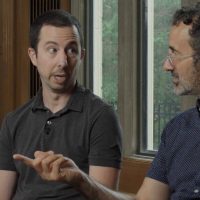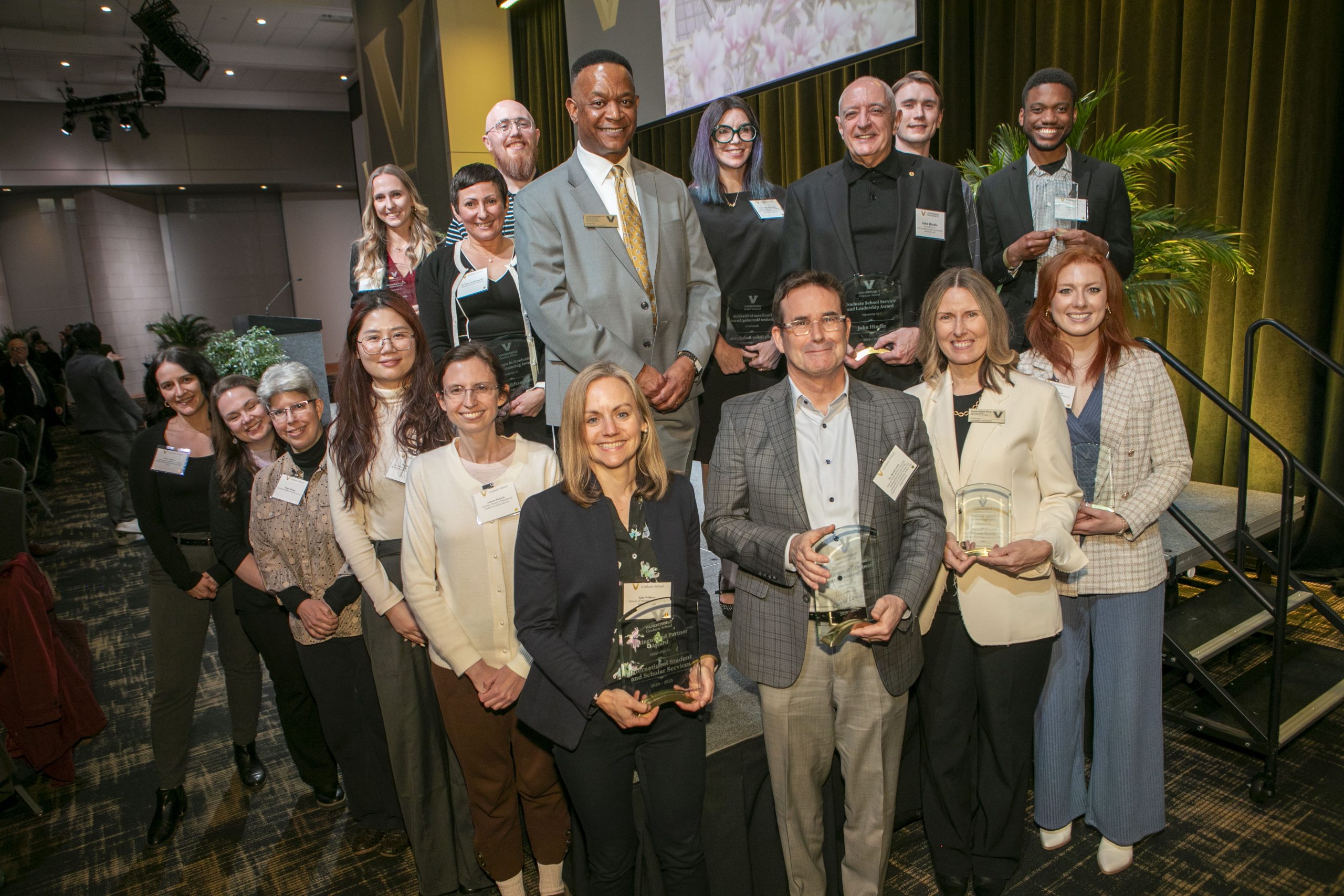The global trafficking of Africans was started by Portuguese traders in 1441, and by the time it was done in the early 1900s, nearly 30 million people had been trafficked or born into slavery in what we now know as the United States, according to Vanderbilt professor and historian Jane Landers. Their stories have been lost to history—until now. Landers has made it her life’s work to uncover and share them with the world.

Director, Slave Societies Digital Archive (Vanderbilt University)
Prince Whitten was her first.
Jane Landers found Big Prince Juan Bautista Whitten (birth name unknown) after a graduate reading assignment sent her searching for more information in the University of Florida’s Spanish language collections. She wanted to know why people enslaved in South Carolina were fleeing south. She found Prince Whitten and his family in an advertisement offering a reward for their capture.
In her 2010 book Atlantic Creoles in the Age of Revolutions, Landers shares what she was eventually able to piece together about Whitten:
Born in Upper Guinea around 1758, he was captured at 15 and survived the Middle Passage to arrive in Charleston in 1773. There he was purchased by a man named Whitten who called him Big Prince. Big Prince met Judy, who worked on a neighboring plantation, and they were eventually given permission by their owners to “marry” (although not legally) in 1777 and had the first two of their three children before escaping the Carolinas for Spanish Florida.

Whitten was freed in Florida and was able to earn money as a carpenter and own property. In 1792, he and Judy were baptized by the Catholic Church, thereby gaining social and economic status. Big Prince became Juan Bautista Whitten and served in the Spanish military for 26 years. In 1821, the family relocated to Cuba to avoid possible re-enslavement when Britain took control of Florida; Whitten died there sometime before 1835.
Thanks to fastidious record keeping by the Spanish, Jane Landers and her dedicated team of historians, computer scientists, translators, photographers, paleographers, archaeologists and more have given us Whitten’s remarkable story and never-before-seen glimpses into the lives of hundreds of thousands of enslaved Africans.
IMPACT OF RACIAL DIFFERENCES EARLY IN LIFE

Jane Gilmer Landers was raised in the Dominican Republic, where her father was a naval officer attached to the United States diplomatic mission at Santo Domingo. “I’m a Navy brat and was raised by Afro Dominican nursemaids in the Caribbean. It was a very colonial kind of picture,” Landers says. “When I came back to the states in my early teens, it was an adjustment to the more modern U.S. culture. Living in both places, I saw how differently Black and white people lived. Those racial differences stuck with me.”

Landers earned a bachelor’s degree in Hispanic American studies and a master’s in inter-American studies from the University of Miami while doing social work in Miami’s Latino and Black communities. She went on to earn a Ph.D. in Latin American colonial history at the University of Florida.
It was there, while studying and doing field research in Cuba, that Landers learned archival methods. She also studied with renowned Caribbean archaeologist Kathleen Deagan. In fact, decades later she and Deagan still work together researching Gracia Real de Santa Teresa de Mose, the first free Black settlement in North America, which was founded near St. Augustine in 1738.
As she was completing her Ph.D., Deagan and other graduate advisers encouraged Landers to continue connecting the dots of the global slave trade involving Florida, Spain and Cuba, and that’s what she did.
“When I got to Vanderbilt for my first and only permanent job in academia, I started writing grants so that I could keep on looking for more records,” Landers recalls. In the decades since, Landers, who is the Gertrude Conaway Vanderbilt Professor of History and founder of the Slave Societies Digital Archive, has led field missions in Cuba, Spain, Brazil, Benin, Cabo Verde and Colombia.
Finding the records before they are destroyed is crucial to Landers, but her goals for the SSDA go well beyond acquisition: “I hope that our archive will help challenge the Anglo narrative for Black history in our country. Our archive humanizes free and enslaved Africans by providing a more complete picture of how they lived.”
Thanks to Landers’ dedication, what started as curiosity about a town for runaway slaves has since evolved into the largest, oldest collection of serial records of Africans in the world.
ARCHIVING HISTORY IS NOT FOR THE FAINT OF HEART
When the Catholic Church baptized parishioners, priests made a record of available information, including Spanish/Catholic name, ethnic background, profession, family connections (which often included owners) and names of godparents. Church records also include valuable information about the Indigenous, European and Asian populations who lived alongside the parishioners.
To date, Landers and her team have been able to preserve almost 800,000 such records. The SSDA also conserves a variety of records from notarial archives, as well as Catholic confirmation, marriage and burial records when available.
Unfortunately, they are fighting a race against time. These massive volumes were stored in the basements of churches and notary offices for hundreds of years, left to the mercy of the environment. They are heavily damaged and extremely delicate.
Even getting to the documents has proven challenging for Landers because the records are often in countries like Cuba and Colombia that do not always welcome foreign researchers. Landers credits her success to her strong support from the Catholic Church that began in graduate school.
RACE AGAINST TIME
With fellowships from the Guggenheim Foundation, the American Council of Learned Societies and the National Endowment for the Humanities, among others, Landers has written award-winning books about enslaved African people.
Despite her success with research and publishing, Landers loves teaching and mentoring most, and her influence is spreading. “Some of my graduate students continue work in this area, researching and writing books on Black Atlantic history and training their own students to uncover more,” she says.
One standout alumnus is Daniel Genkins, PhD’18. In 2024, Vanderbilt University Librarian Jon Shaw hired the historian-turned-computer scientist as the SSDA digital library architect and curator. At the same time, Shaw gave the archive a permanent home at the Jean and Alexander Heard Libraries.
“I am so grateful to Jon,” Landers says effusively. “I worried that, like so many digital projects, SSDA might disappear after I retire. Now I feel confident that it is safe.”
ARTIFICIAL INTELLIGENCE HELP
While Landers continues to spelunk the basements of Catholic churches, Genkins is using artificial intelligence to make the collection more accessible and useful to a global audience.
Many SSDA images are difficult even for fluent speakers of modern Spanish and Portuguese to read, but recent advances in machine learning have made it possible to envision a near future where specialized skills won’t be required to engage with these sorts of documents.

Genkins is using multimodal AI models to transcribe images from the SSDA collection and automatically extract information about people, places and events from those transcriptions. This work will soon allow researchers and members of descendant communities to directly search the SSDA collection for a name rather than needing to dig through hundreds or thousands of images to find the information.
Landers has also been collaborating for years with Jim Schindling, another historian/computer whiz, who created a relational database called Spatial Historian to index and organize the records. When these initiatives are complete, those using the SSDA will be able to search and cross-reference the content by name, date, geography, record type and more.
The urgency to find more records never ebbs. SSDA recently added documents from Guadalajara, Mexico, and Landers and her team undertook a research mission to Mompox, Colombia, in March.
“Altogether we digitized 4,358 pages of baptisms, marriages, deaths and assorted other miscellaneous ecclesiastical records, or as the Padre said, the proof of ‘tens of thousands of souls.’ We also gave the church copies of all we had digitized plus a detailed inventory,” she said.
“These records are rapidly disintegrating, and I am painfully aware that we must work quickly to save them,” the indefatigable Landers says. “I can’t wait to explore the next place!”



